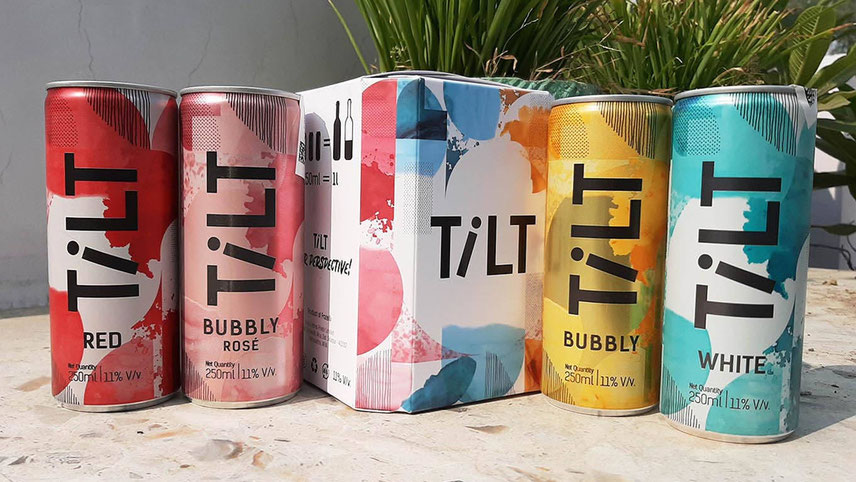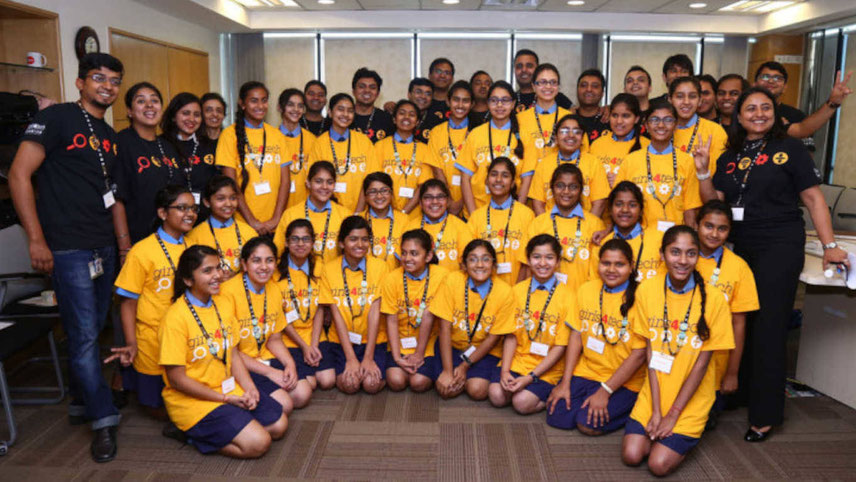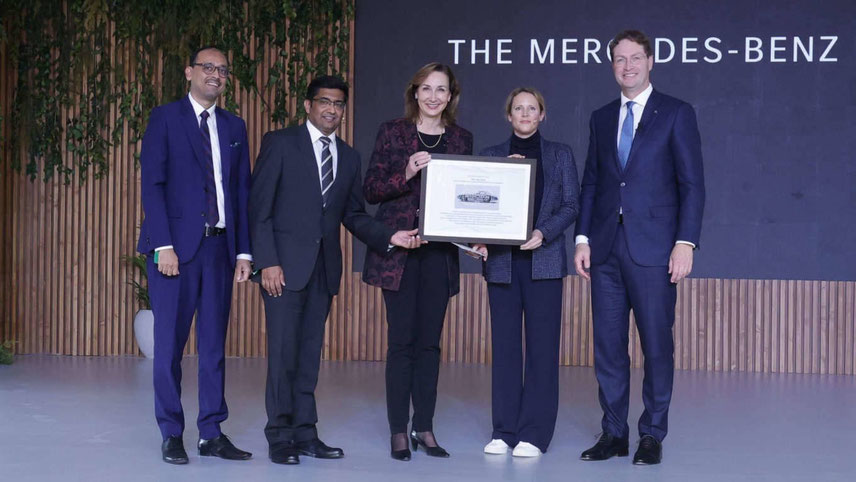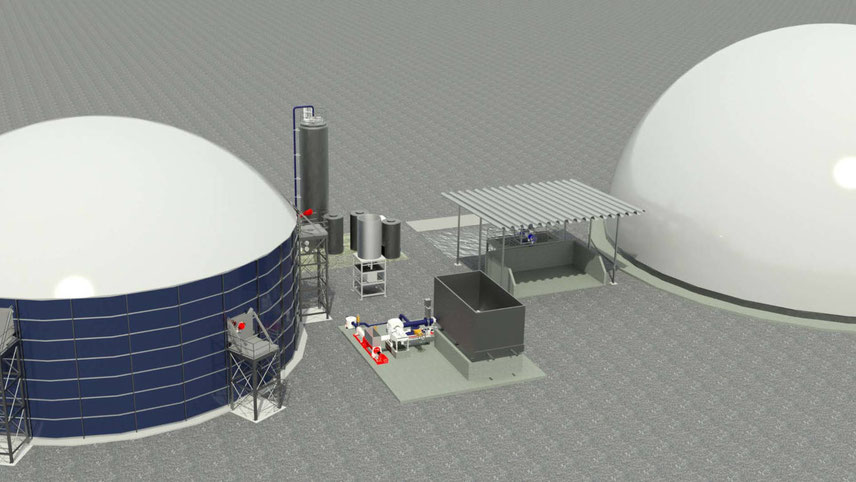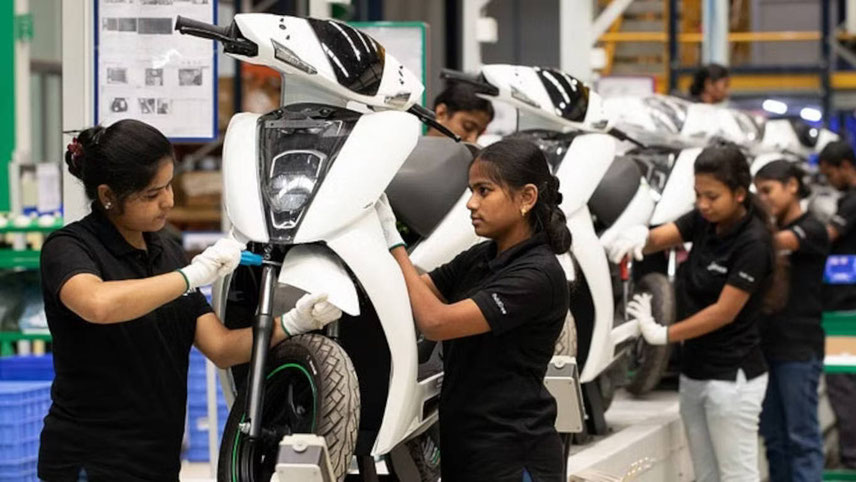If you are a trendy millennial or GenZ-er, chances are you prefer your drinks from a can rather than a bottle. Well, here’s a bit of cheer for young Indian wine aficionados (and anyone else who is a can-fan) – Fratelli Vineyards has just launched its wine in a can (WIC). Branded TiLT, the 250ml cans aim to make wine accessible to young Indians, at an affordable price. “There has always been this constant feedback that wine as a drink can be intimidating, and youngsters keep themselves away from it,” said Gaurav Sekhri, Director, Fratelli Wines. “We wanted to introduce young drinkers to the goodness of wine. TiLT has been made for the mindful millennial!” Sekhri revealed that the early seeds of inspiration go back to a dinner at the winery, “with young wine-makers and viticulturists, where we all shared our journey into the wine business. It was interesting to note how each of us was frowned upon, discouraged and even told off. It was also heartening, though, to realise there were shared objectives – we all wanted to work towards bringing out the goodness of wine, and making it uncomplicated, and approachable for young adults. TiLT embodies these thoughts and efforts beautifully”. Fratelli, Italian for brothers, was established about a decade ago by three pairs of brothers, and has gained a reputation for its premium products, including Sette, M/S and J’noon. Right from inception, Fratelli set itself an ambitious target – to create a product of truly international standards but one that was made in India using centuries-long Italian wine making traditions. The label’s most visible face, Kapil Sekhri, who passed away recently, was a driver behind the move to cans. Gaurav, who has picked up the mantle, says: “While Kapil championed it and his energy and passion is hard to replace, the board and shareholders are aligned to his vision, grand plans and are committed to see it through.” Why you can Traditional oenophiles may demur, but cans seem to be the increasingly preferred way for wine to be sold globally. There is little Indian data, though – the first Indian wine cans were launched by Sula Vineyards with their Dia red and white wines in cans late 2019. Nielsen data from May 2019 indicates the category grew 67 per cent in the previous year. The main benefit of cans is versatility and convenience, says Subhash Arora, president, Indian Wine Academy. There might be an environmental benefit too, according to the Container Recycling Institute, which says aluminium cans are recycled 45.2 per cent of the time in the US, while the figure for glass bottles is only 27.8 per cent.
-
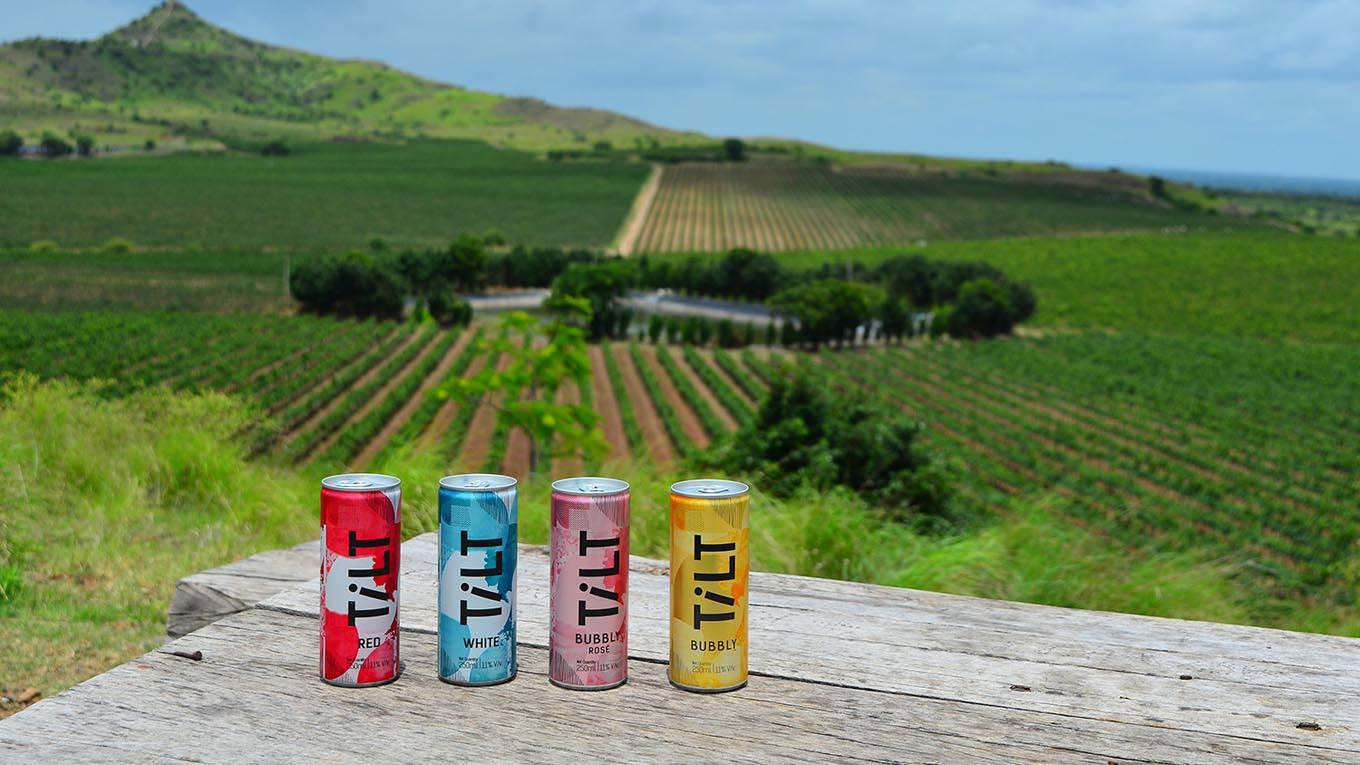
The catchy new TiLT, wine-in-a-Can marks Fratelli Wines’ entry into a new segment










